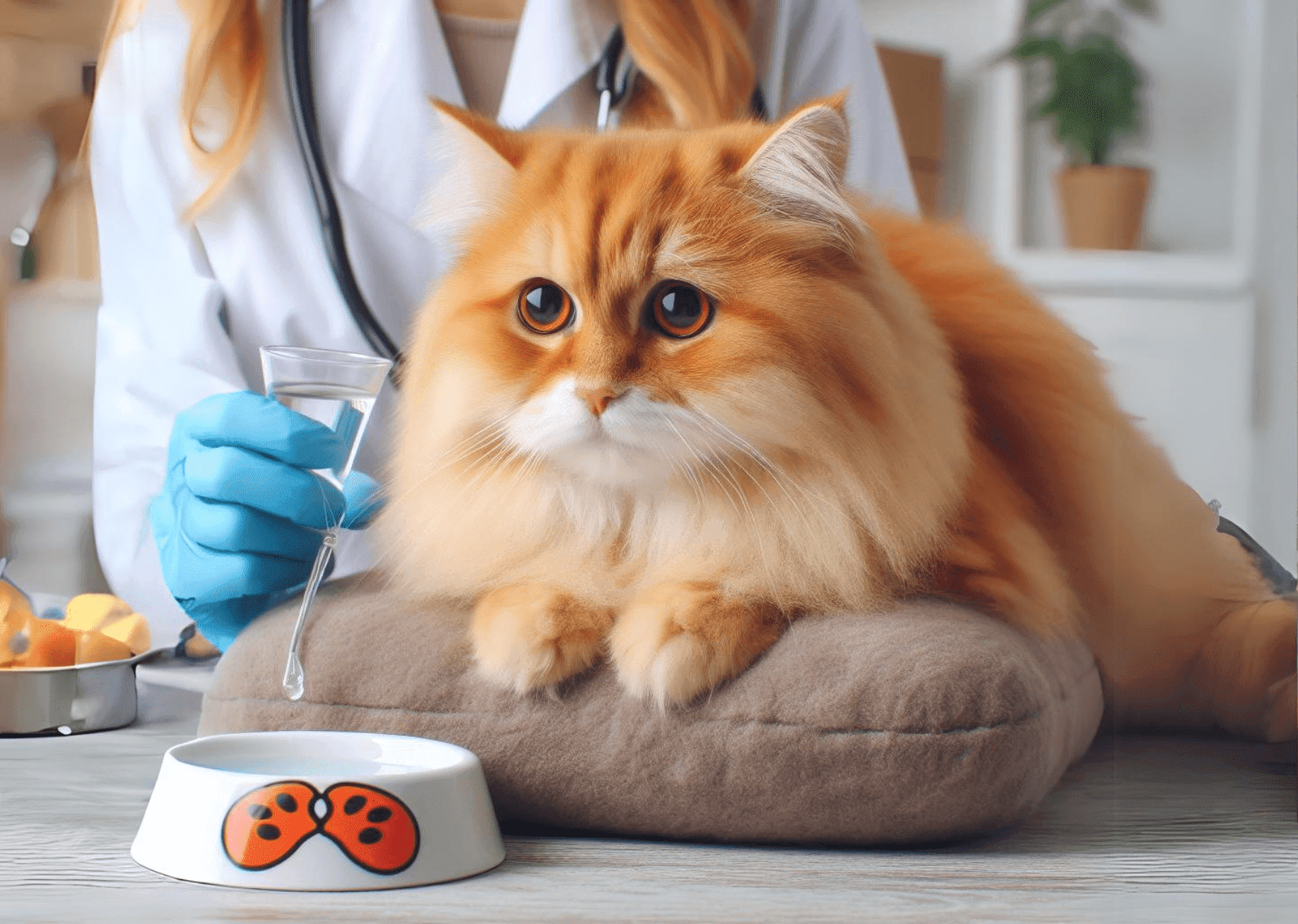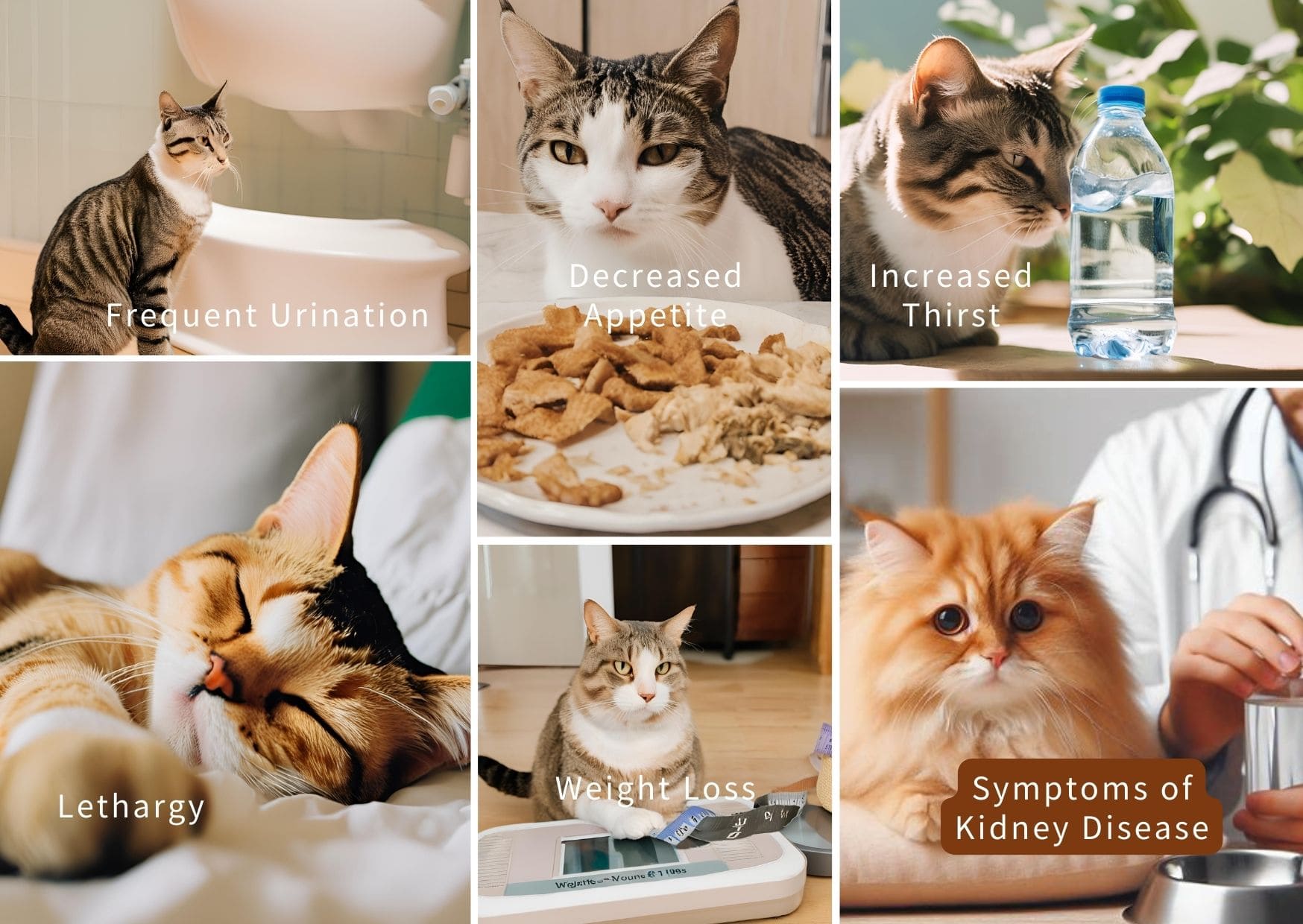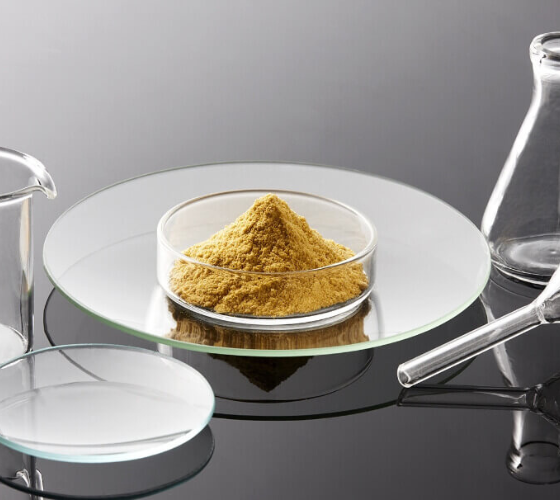What Are the Symptoms of Kidney Disease in Cats? Learn the 5 Rules for Caring for a Cat with Kidney Disease: Careful Diet is Key!

If you have a cat with kidney disease at home, as a pet parent, you need to be patient and meticulous, but more importantly, you must have the right care concepts. When you notice any abnormal behavior in your cat, consult with a veterinarian promptly. What are the common symptoms of kidney disease in cats, and how can you care for a cat with kidney disease through their daily diet? Let's explore the complete guide to caring for a cat with kidney disease!
What is Kidney Disease in Cats?
As carnivores, cats' kidneys must handle a large amount of nitrogenous waste. Cats have fewer nephrons compared to dogs (only about 300,000). Additionally, cats naturally tend to drink less water, placing a heavy metabolic burden on their kidneys over time. As cats reach the age of 7, their bodily functions begin to decline, leading to kidney disease in over 30% of older cats. The primary functions of a cat’s kidneys include:
- Regulating the body's water balance
- Producing renin to regulate blood pressure
- Metabolizing toxins and waste in the body, including blood toxins
- Stimulating the bone marrow to produce red blood cells
- Stages of Chronic Kidney Disease in Cats
Early detection of kidney disease in cats can help prevent its progression and extend the time they can spend with their owners. Here are the stages of kidney disease in cats:
Stage 1: Early Kidney Insufficiency
Kidney function is about 33-99%
Blood creatinine levels are generally below 1.6
Diagnosis is challenging as kidneys can filter toxins with just 25% function
Stage 2: Late Kidney Insufficiency
Kidney function is about 25-33%
Blood creatinine levels range from 1.6 to 2.8
Cats may drink and urinate more and might have high blood pressure
Early intervention can slow progression; active treatment can extend this stage for years
Stage 3: Early Kidney Failure
Kidney function drops to 15-25%
Blood creatinine levels range from 2.9 to 5.0
Symptoms become more apparent: increased drinking, vomiting, loss of appetite, bladder inflammation
Aggressive treatment and medication can extend this stage by 3-4 years
Stage 4: Late Kidney Failure
Kidney function is below 15%
Blood creatinine levels are above 5.0
Severe symptoms: vomiting, nausea, lack of appetite, weakness, lethargy
Focus shifts to palliative care, using nutritional supplements, companionship, and comfort to improve quality of life
What Are
the Symptoms of Kidney Disease in Cats?
Once a cat develops kidney disease, it is irreversible. Therefore, regular check-ups and early detection are crucial to slowing the progression of the disease. Possible symptoms of kidney disease in cats include:

Frequent Urination
The primary function of a cat's kidneys is to retain water in the body and excrete waste. Healthy cats have less urine with a stronger odor. When the kidneys are compromised, the volume and frequency of urination increase significantly. Pet parents should monitor their cat's litter box habits and check for larger clumps to ensure normal urination.
Increased Thirst
Cats’ ancestors were desert animals, naturally averse to drinking water. When kidney issues arise, the increased urination leads to significant fluid loss. This causes cats to feel unusually thirsty and drink more water. Pet parents can detect potential problems by observing any changes in their cat's drinking habits.
Decreased Appetite
Cats with kidney problems often experience discomfort due to the kidneys' diminished ability to filter toxins. This discomfort can lead to a reduced interest in food or treats, even in cats that normally have a good appetite. Pet parents should keep an eye on their cat's food intake and appetite.
Weight Loss
Weight loss, leading to a noticeably thinner appearance, is a common and easily detectable symptom for most pet parents. Kidney disease causes the body to lose proteins through urine and reduces appetite, contributing to significant weight loss.
Lethargy
Due to the combined effects of increased urination, decreased food intake, and overall discomfort, cats with kidney disease often become lethargic. If a normally active cat shows a lack of interest in treats, food, or toys, it is essential for pet parents to pay close attention and consult a veterinarian.
5 Rules for Caring for a Cat with Kidney Disease: Mindful Diet is Key!

1. Ensure Adequate Water Intake
Drinking plenty of water helps the kidneys detoxify through urine and maintain electrolyte balance. Provide clean drinking water and feed wet food to help with hydration. Use the following formula to ensure your cat gets enough water: Body weight (kg) x 50 = ____mL. Proper hydration can significantly reduce the burden on the kidneys!
2. Monitor Phosphorus Intake
Phosphorus is crucial for the growth of cat bones and cell membranes. A deficiency can cause anemia or acid-base imbalance, but excessive phosphorus intake can strain the kidneys, leading to chronic kidney disease. For prevention and management, limit dietary phosphorus intake. Healthy cats should have less than 350mg/100kcal, while cats with kidney disease should have less than 250mg/100kcal to prevent disease progression.
3. Encourage Regular Urination
Cats should urinate as needed without holding back. While most cats use a litter box, an unsuitable box (too small, dirty, far, or unsafe) can cause them to hold their urine, which is harmful. Ensure the litter box is clean, accessible, and comfortable for your cat.
4. Use Injections to Maintain Quality of Life
For cats with kidney disease, vomiting and loss of appetite can be severe. Under a veterinarian's guidance, anti-nausea injections can effectively control these symptoms and reduce discomfort. If hydration is insufficient, subcutaneous fluid therapy can help maintain fluid balance and aid in toxin metabolism.
5. Utilize Supplements
In addition to prescribed medications and injections, appropriate nutritional supplements can help maintain kidney health and bodily functions. Choose qualified supplements and discuss their use with your vet to enhance your cat’s appetite and energy, ensuring a better quality of life.
Common Questions About Kidney Disease in Cats
Q1: Is it good if my cat urinates a lot?
No! Frequent visits to the litter box can indicate significant fluid loss, which may be a sign of worsening kidney disease. Increased urination, noticeable changes in urine clump size, lighter urine color, and reduced odor can all indicate kidney function decline.
Q2: Is drinking more water beneficial for cats with kidney disease?
Excessive drinking may indicate declining kidney function. If a cat, typically not fond of water, suddenly drinks more, it could signal an underlying health issue. Assess your cat’s overall health, including behavior, appetite, and weight, and consult a vet. Subcutaneous fluid therapy only replaces lost fluids and dilutes blood toxins but does not improve kidney function. Always follow a vet’s guidance for fluid therapy.
Q3: Should cats with kidney disease avoid high-protein diets?
To slow the progression of kidney disease, high-quality protein is essential. Protein and phosphorus are crucial for a cat's diet. Cats need amino acids from protein for hormones and bodily functions. An early low-protein diet can lead to malnutrition. Adjust the diet based on veterinary advice to ensure adequate muscle mass to combat the disease progression.



